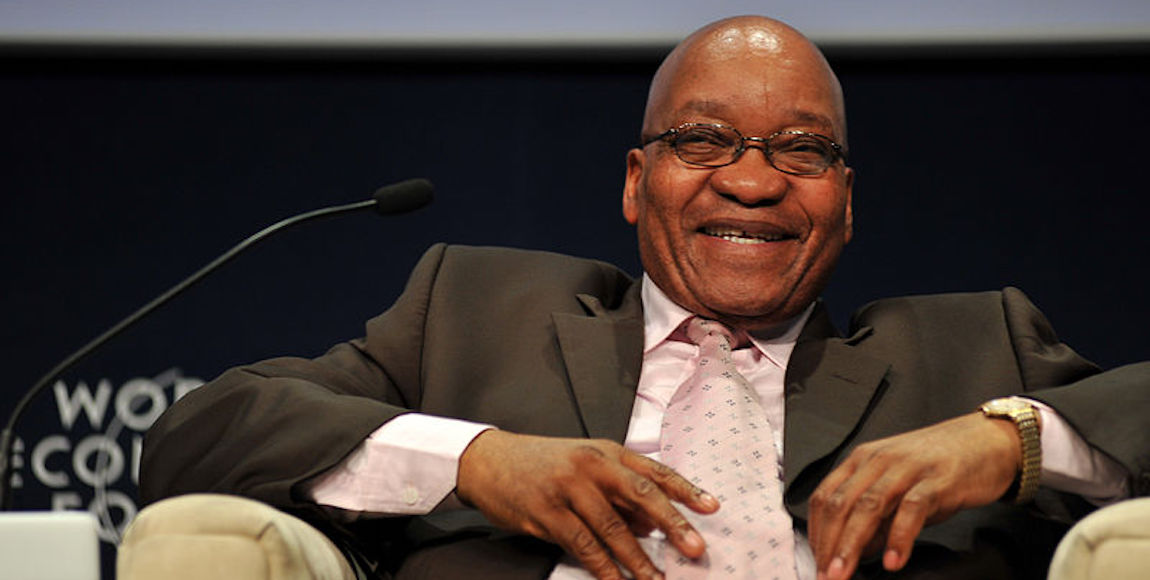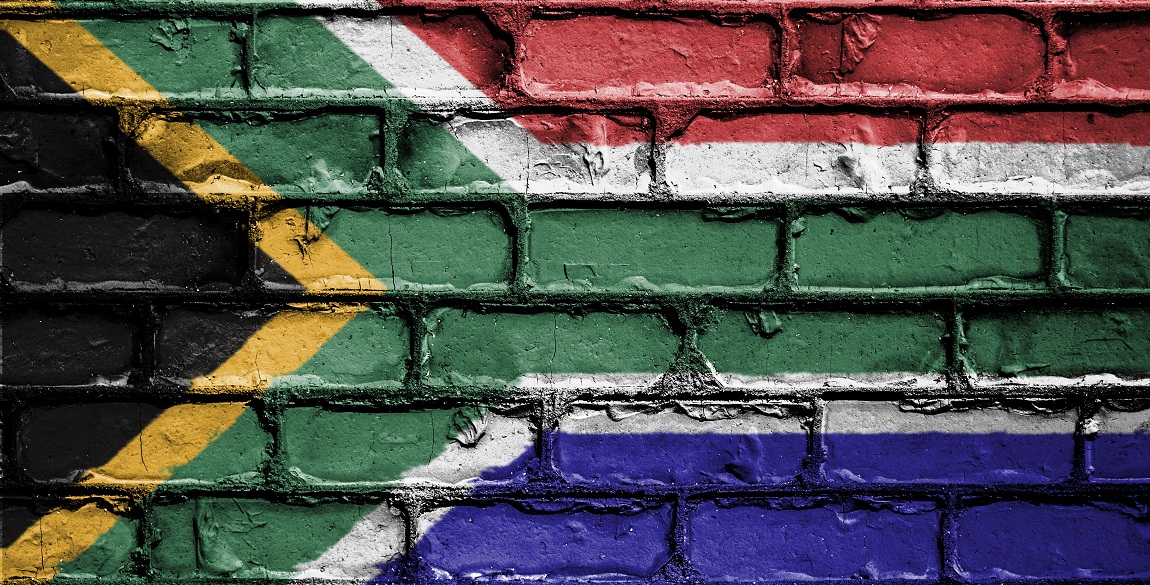President Jacob Zuma’s days as the head of the Republic of South Africa are numbered. That much is certain. But many questions remain as to how exactly he will leave the president’s office or who will step in as the new president. Will Zuma leave by his own account or will he be forced out? The Daily Vox team rounds up what three options Zuma faces in what could possibly be his last days as president.
Phephelaphi Dube, director for the Centre for Constitutional Rights in Cape Town spoke to Stephen Grootes on Radio 702 on Wednesday afternoon to outline the various scenarios that could play out in the coming days if Zuma leaves the president’s office and a new president has to be sworn in.
Zuma resigns
The first option and the less messiest one according to Dube is for Zuma to resign. To do that he would have to send a letter to the speaker of the national assembly, Baleka Mbete. This would then mean a vacancy in the office of the presidency and in terms of what is outlined in the constitution, the deputy president would step in to complete the term of the president.
Dube said however, the deputy president would just be completing the president’s term and it would not be regarded as a new term. This leaves the deputy president in this case Cyril Ramaphosa with the option of running for the next two general elections. Dube said once the president resigns, the deputy president would need to sign an oath of office which has to be administered by the Chief Justice, Mogoeng Mogoeng and thereafter he would assume the full powers of the office of the president. However, this all needs to be done within five days of the vacancy. The constitution is also quite clear that if there is a resignation, there will be no election of a new president by the members of parliament.
Dube said that along with deputy president assuming the power of the president upon swearing the oath, he can also now appoint a new cabinet, ministers and a deputy president. If this process was completed before the new date for the state of the nation is set, the deputy now the president would be able to give the speech.
No confidence vote
Dube says that the vote is a trickier path because if the president loses a no confidence vote, the deputy president along with any deputy ministers and the members of cabinet would need to step down immediately. The speaker of parliament would then step in as the caretaker president while the members of the National Assembly vote for a new candidate for president. This needs to take place within thirty days of the president being impeached and the office being vacant. In this case, Dube says there is no guarantee that the deputy president would take over the presidency as he would become an ordinary backbencher member of parliament. There is also no guarantee that the members of the national assembly would vote him in as the president.
Impeachment
Impeachment is quite punitive, said Dube, because if this is passed in parliament it means that the president loses all of the benefits that come with his office such as pension, bodyguards, state subsidies and so on. The national assembly would need to come up a procedure governing the impeachment process. While there a procedure has been created in Parliament, it has yet to be adopted by the rules committee and put into the rules of Parliament. Dube said therefore it would be impossible to go that route as this time even if a 50+1 is only required for it to pass. This is because the rules have not been set.
Additionally, Dube said: “The Constitution basically says that he (the deputy president) is completing the term of the president that is stepping down and in that sense it is not regarded as his own term so that leaves him free to contest in the next two elections.â€
You can listen to the full interview here.
With Zuma reportedly refusing to step down despite being asked to do so by the African National Congress’s Top 6, the next two weeks are going to be a very interesting time for South African politics.









